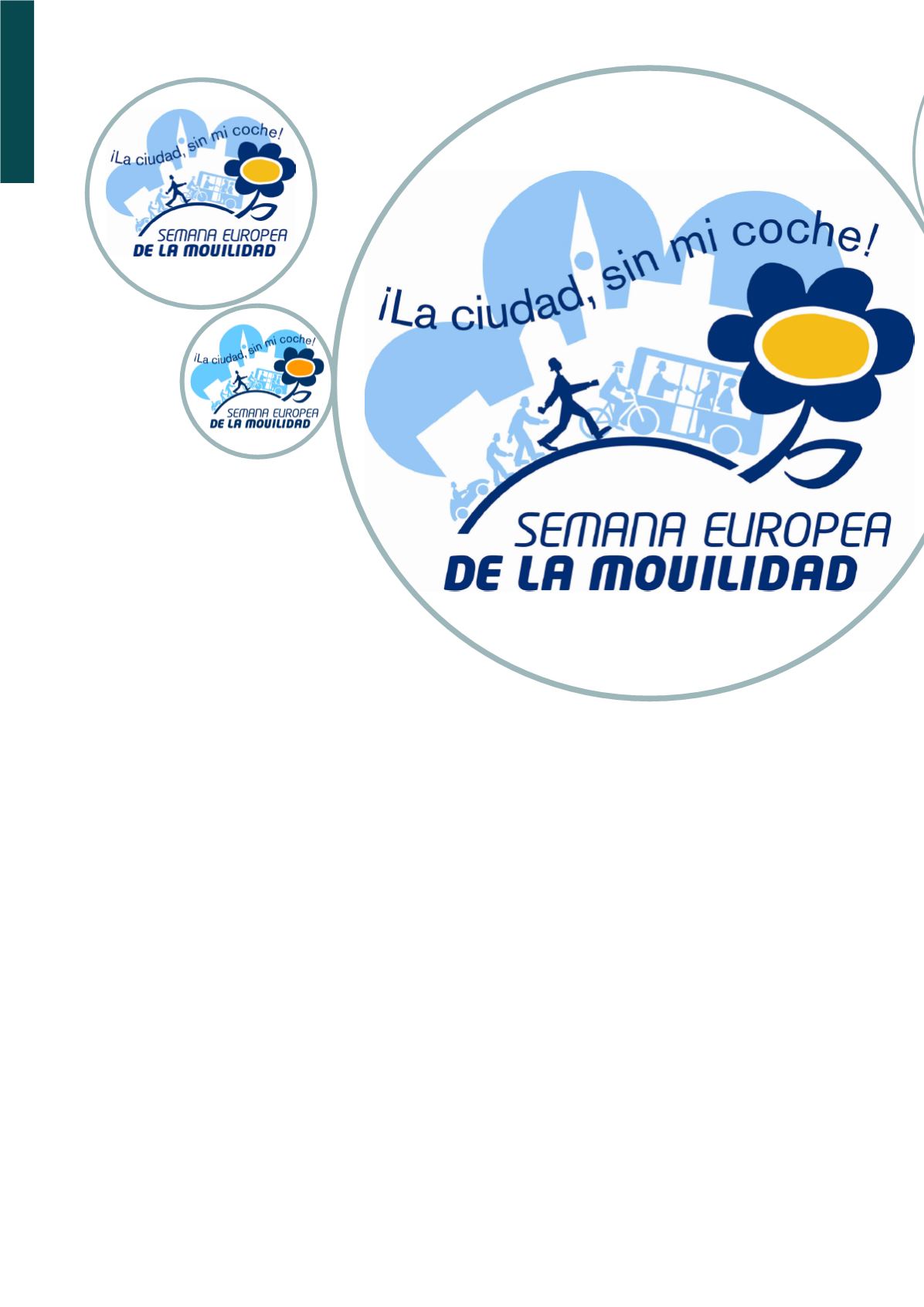
to health problems associated with excess
weight, including cardiovascular diseases
and orthopaedic problems. Walking, clim-
bing stairs, running or bicycling are among
the recommended daily activities. They
are also feasible and affordable and what’s
more, these are activities that we can practi-
ce wherever we live, where we conduct our
lives.
“Do the Right Mix” campaign
In fact, the Sustainable Urban Mobility Cam-
paign of the European Union (2012-2015)
promotes the advantages of multimodal
transport: car, public transport, bicycle, and
walking. The aim of the “Do the Right Mix”
campaign is to highlight and disseminate the
fact that by using different types of transport
people can improve their health, their eco-
nomy, and the environment.
Besides improving the quality of life by en-
couraging other types of mobility, it is also
important to be aware of the harm and
health problems that are provoked by traffic
and which require an intervention in order to
reverse the trend:
•
Air pollution caused by conventional
fuel, chemical products and other de-
rivative compounds from automobiles
are linked to health problems such as
asthma, lung infections, cancer, repro-
ductive disorders, and development
problems in infants and children.
•
There is also evidence on the connec-
tion between prolonged exposure to
noise pollution and its negative impact
on health. These health problems in-
clude high blood pressure and hy-
pertension. A recent meta-analysis
carried out by Germany’s Federal En-
vironment Agency demonstrated that
traffic noise was a “major risk factor
for cardiovascular diseases”. Noise
pollution is also associated with sleep
disorders and affects cognitive perfor-
mance, particularly in schoolchildren.
The mobility models that we practice and
the city models that we want either contri-
bute or diminish our quality of life and are
directly proportional to motor traffic in the
streets where we walk.
Furthermore, the impact of traffic on a built
environment produces the following:


